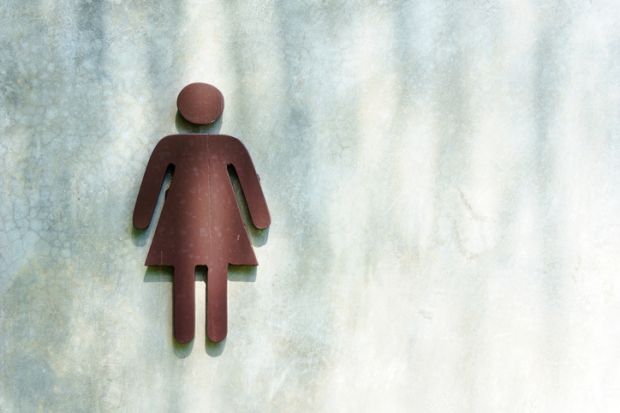Women’s share of Australian university places is nearing a “trigger point” of 60 per cent, but their dominance is being obscured by international students, a new report says.
A University of Melbourne analysis has concluded that 58 per cent of the country’s domestic students are now female, trumping Education Department estimates that women occupy about 55 per cent of places.
Report author Frank Larkins said that while the department’s gender statistics did not distinguish between local and overseas cohorts, men slightly outnumbered women among foreign students. “It masks the domestic situation,” said Professor Larkins, a former deputy vice-chancellor of Melbourne.
“In the 1970s, fewer than 40 per cent of the enrolees in universities were female, and there was great concern about the balance and what that meant for society. We have cause to celebrate that so many females are in universities – in no way would I want to downplay it – but now we have a shortfall of tens of thousands of males compared with females.
“If we drop to a point where less than 40 per cent of the participants in universities are male, it’s a reciprocal of what we had four decades ago. It might well be a trigger point to say that this has a serious consequence.”
Professor Larkins’s analysis concluded that women comprised 57.8 per cent of Australia’s domestic undergraduates and 58.4 per cent at postgraduate level. This compared with a female share of 48.6 per cent of international undergraduates and 46.9 per cent of foreign postgraduates.
Among domestic students, women monopolised education, health and culture courses with 76, 74 and 65 per cent of undergraduate enrolments in the respective fields. Females comprised 72 per cent of students at the Australian Catholic University and the University of Notre Dame Australia, both of which recruit hordes of teaching and nursing students.
While women’s dominance in these fields was less pronounced at the postgraduate level, they still claimed 72 per cent of domestic enrolments in education and 70 per cent in health.
Professor Larkins said that while women’s low participation in science, technology, engineering and maths subjects was “getting a lot of press”, the gender balance in many fields was skewed in the opposite direction. He said that it was “timely for a discussion” about the disparity, with the Organisation for Economic Co-operation and Development and others now raising concerns.
“In Malaysia now, 64 per cent of all university enrolees are female. It’s changing the profile of society. There’s a shift in terms of wealth distribution and expenditure. If it’s not being matched by males, the consequences for society can be quite serious,” Professor Larkins said.
He said that it could take decades to turn around such trends, given that gender differences in academic performance were apparent at school. His goal was to trigger a broader discussion rather than proposing a “utopian solution”.
“You have to plan long term for these changes,” he said. “[Improved] female participation didn’t happen overnight. If we need to be concerned about domestic male education – and international experience suggests we should – it will take 10 years plus to redress the problem.”
Professor Larkins’s analysis is being published by Melbourne’s LH Martin Institute.
Register to continue
Why register?
- Registration is free and only takes a moment
- Once registered, you can read 3 articles a month
- Sign up for our newsletter
Subscribe
Or subscribe for unlimited access to:
- Unlimited access to news, views, insights & reviews
- Digital editions
- Digital access to THE’s university and college rankings analysis
Already registered or a current subscriber? Login








